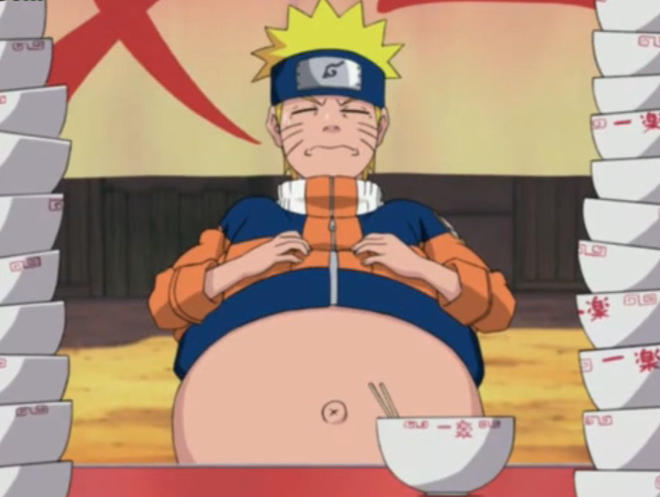
The Differences Between Male and Female Eating Disorders.
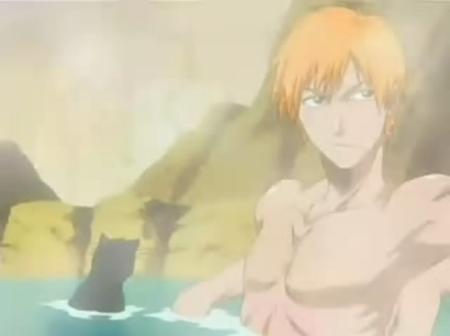
These American standards have become global standards as American media pushed its messages into other cultures: “the United States possesses a Western culture that exerts enormous influence on the rest of the World” (Tan, 2013). These standards redefine traditional cultural body ideals. They don’t replace them, however. For example, the ideal male Japanese body image lacks the bulky muscles of the ideal American male, but it has still shifted the ideal. Unfortunately, Japanese men haven’t been studied as much as American men when it comes to eating disorders. But the few studies performed found Japanese men also underestimate their weight and muscularity. In a comparison study, male and female Japanese body esteem scores were lower than Americans, Chinese, and Israelis (Chisuwa, 2011).
Japanese Eating Disorders and Body Image
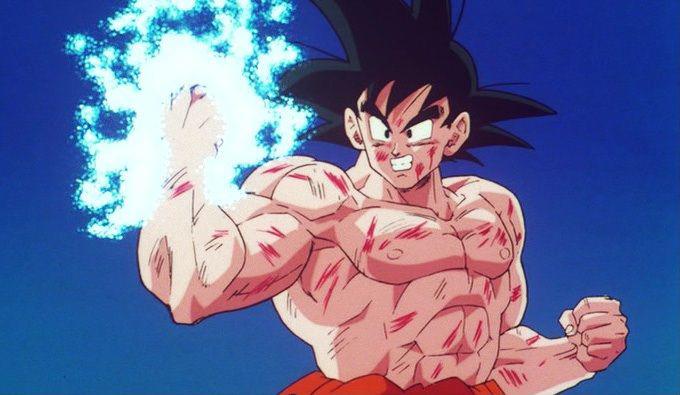
In similar surveys of men, most expressed general satisfaction with their bodies; however, most desired more muscle, just like their American counterparts. However, whereas Americans wanted muscle to increase attractiveness, Japanese men wanted muscle to help their athletic abilities. They also didn’t want the bulky muscles Americans like. Japanese men also wanted to be a little taller, but not tall enough to look down on people. In Japanese culture, conformity to social norms remains valued. This conformity contributes to eating disorders. Chisuwa (2011) writes about how children develop eating disorders when they attempt to conform to their parent’s pressure to lose weight or stay thin. Mothers in particular play a role in enforcing traditional body ideals. Teens even ask mothers for help with weight concerns and dieting.
These cultural ideals of how a body should be extends to behavior. Appearance, behavior, and people’s perceptions entangle into three categories of male ideals that each contribute to male body problems across Japanese and American culture.
Categories of Male Ideals
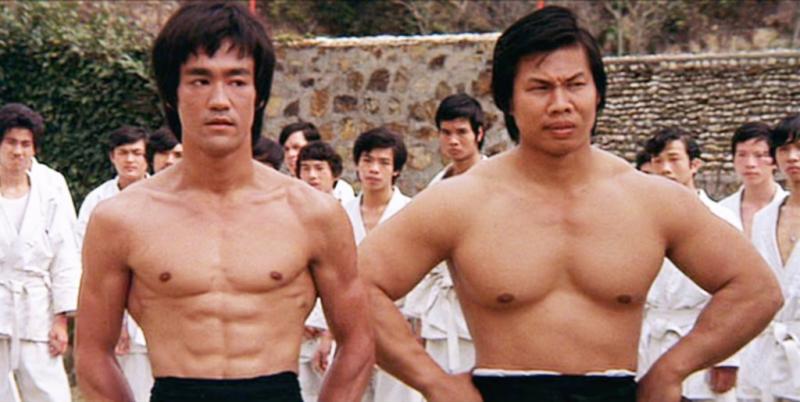
| Vigorous and Macho | 1. Tough and Macho. With a traditional cowboyish look and temperament, the model is muscular in physique and determined in facial expression. The sharp, angular lines of his face speak of toughness and resolution. With tanned skin, in leather or cowboy clothes, the model appears nomadically unkempt, strong-willed and lion-hearted.2. Vigorous and sunny. Like a boy next door, the model often wears a coy, innocent, and brilliant smile. His skin is tanned. His clothing is sporty and casual. His look and posture are those of someone who is amiable and easy-going. |
| Refined and Sophisticated | 3. Refined and Gentle. With the look of a well-learned intellectual, the model appears cultured, polite, graceful, and good-mannered. He is often dressed in preppy style (e.g. shirts, argyle sweaters, etc) and wears glasses. His hair is always neat and tidy, and his appearance is always clean and classic. 4. Stern and Sophisticated. With a confident and firm look, the model impresses the viewers as mature and reliable. He is dressed in formal attire (usually suits). |
| Trendy and Cool | 5. Trendy and Cool. Clothed and accessorized in the latest fashion, the model is likely to stand in a provocative posture and displays a freedom-loving and rebellious temperament. His facial expression is either numb or aloof, thereby creating a sense of distance between him and his viewers. He often leers at people and assumes the attitude of indifference and scorn. |
| Other | 6. Sensual and Sexy. Often in sexually arousing attire or revealing, tight clothes such as swimming suit and underwear, the model usually looks away from the camera and refrains from appearing smart and sophisticated or springy and sunny. His facial expression and posture—such as caressing his own body—often seem unnatural because they are contrived to seduce his viewers and arouse their sexual desire. 7. Androgynous. With exquisite features, the model dresses and behaves in a more feminine way or wears makeup. He appears in a more delicate, meek, and dependent posture. |
Men are expected to sort themselves into these categories. Each ideal has its own body types to achieve, and all of which are not easily attainable by men with school, jobs, and family. Despite having multiple categories, the macho category retains the most focus. The American male ideal focuses on aggression, violence, and big muscles.
Think about typical American action films. A male hero, usually heavily muscled, uses violence to win the day. This links the macho category, muscles, and violence together. Male characters in general are more likely than female characters to be aggressive in media. This contributes to men’s feelings of inadequacy. Few can be James Bond. Strangely, when it comes to sexualized images of women in the media, this too has been shown in studies to increase men’s negative perception of themselves (Tayler, 2016). Violent stories with sexuality make men feel worse about their bodies according to Tayler (2016):
“It is possible that very violent images may be seen as more unsettling and threatening, or they may cause viewers to feel alienated from the stereotypical masculinity with which such violence may be associated.”
Modern masculinity is designed to foster this negative body image through relentless media messages found in movies and in advertising. In the 1980s, Western masculinity saw a shift toward outward appearance as a method to sell products and fashions to men. While women have suffered from this type of marketing for a long time, companies began to target men’s insecurities in order to sell products (Tan, 2013). Dissatisfaction pushes people to consume products that claim to help them achieve the ideals the media sells. In turn, these messages and increased feelings of insecurity creates eating disorders and compulsive consumption. As I’ve pointed out, this isn’t limited to the United States. Japan and other westernized countries deal with this.
Anime and manga don’t help the issue.
Male Body Image and Manga and Anime
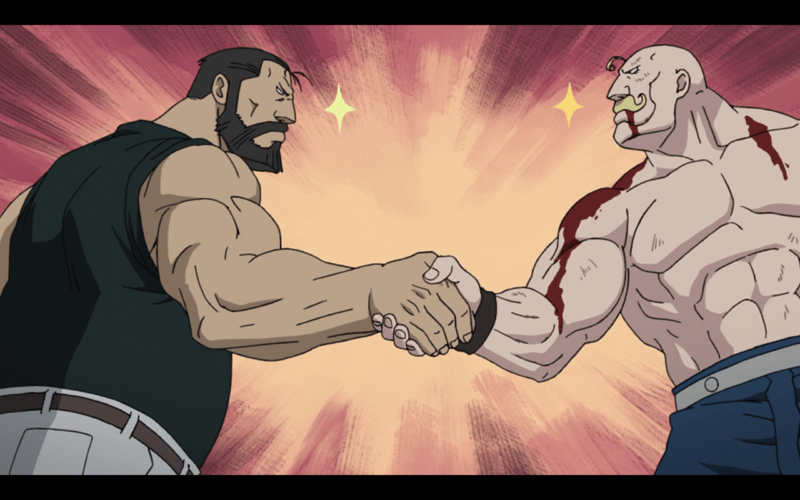
Sometimes obesity, another eating disorder according to medicine’s view, results from how media pushes on insecurities. Some people use food to escape their insecurities instead of trying to achieve the media’s ideals. It serves as a self-fulfilling prophecy. Waifuism and heavy anime consumption does the same thing. They came from a negative self image (there are exceptions to this). In all cases, you are still giving into the messages of consumption–which is the final goal of marketers. Content people don’t consume as much as those who are dissatisfied with themselves. Consumption leaves a hit of dopamine, the feel-good brain chemical, but it is short lasting and requires more consumption to achieve.
Anime and manga offers an alternative male idea to mainstream America, but for most this body ideal isn’t attainable either. We forget that models on magazines look as they do because its their job. They spend hours sculpting their bodies in the gym. Those of us who do other work can’t take the necessary time to exercise and eat as needed to attain the look. Manga and anime model their characters off of these body and from people like Bruce Lee, who made martial arts and fitness his life. However, you will see just as many anime heroes that have thin “nerdy” body types. They aren’t muscled or ripped. They are a thin, normal. However, you rarely see husky men as main protagonists. They are usually supporting cast, like Naruto’s Choiji Akimichi. But alternative body types do exist, even though most shonen action heroes end up ripped like Bruce Lee or hulking like Arnold Schwarzenegger.
Knowing it’s all fantasy and not attainable blunts the messages’ influence, but contentment with oneself is tough to achieve. Even if you reach it, it can be lost without vigilance. Negative body image remains among the most powerful forces in marketing. People who are content don’t want or need as much, and they value what they have, which reduces their need to buy the newest and shiniest. Because of this, our economy doesn’t want us feeling content. Anime and manga doesn’t collude with marketers to make men and women feel inadequate.
Rather, it is a subtle momentum in how everyone thinks. Heroes need to be strong. Muscles mean strength. The connection was innocent in the age before consumerism and mass media. It was maybe even useful, but now the connections foster negative body images and lead people to eating disorders.
The pressures trouble me. It’s not like we can completely disconnect from media. After all, we enjoy anime and manga. Marketing in western countries is everywhere. People pay companies to market for them. That’s what you are doing when you wear a Nike shirt. We can’t avoid the factors that contribute to negative body image and eating disorders. The only tool I concluded that helps is mindfulness. Being aware of the messages peddled and how they make me feel helps me curb the desire to bulk up (not that I have a body that could).
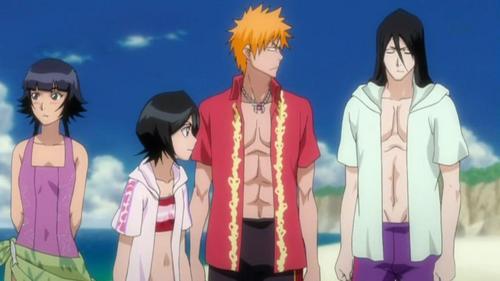
As you can see, healthfulness goes beyond the health of the body to the health of the mind and soul.
Male eating disorders and body image problems deserve more attention. Anime and manga can (and does!) work to reduce these problems by featuring stories that address them and by creating male heroes without the extreme musculature. Anime does a decent job of this with many of its heroes, but many shonen heroes eventually end up with muscles that few men can attain in reality. But it comes back to us. We need to take action to reduce our consumption of messages that hurt body image, such as men’s lifestyle magazines, and look toward developing a healthy attitude toward our bodies.
References
Beradis, Domenico & others (2011) Alexithymia, Body Image, and Eating Disorder. Body Image: Perceptions, Interpretation, and Attitudes. 135-153.
Chisuwa, Naomi & Jennifer O’Dea (2011) An Historical Perspective of Body Image and Body Image Concerns Amoung Male and Female Adolescents in Japan. Body Image: Perceptions, Interpretations, and Attitudes. 1-26.
Cordes, Martin and others. (2016) Male Body Image and Visual Attention Towards Oneself and Other Men. Psychology of Men & Masculinity. 17 (3) 243-254.
Goddard, Elizabeth and others. (2014). Cognitive flexibility, central coherence and social emotional processing in males with an eating disorder. The World Journal of Biological Psychiatry. 15. 317-326.
Tan, Yue and others (2013). The Construction of Masculinity: A Cross-Cultural Analysis of Men’s Lifestyle Magazine Advertisments. Sex Roles. 69. 237-249.
Tayler, Laramie & Jhunehl Fortaleza (2016) Media Violence and Male Body Image. Psychology of Men & Masculinity. 17 (4) 380-384

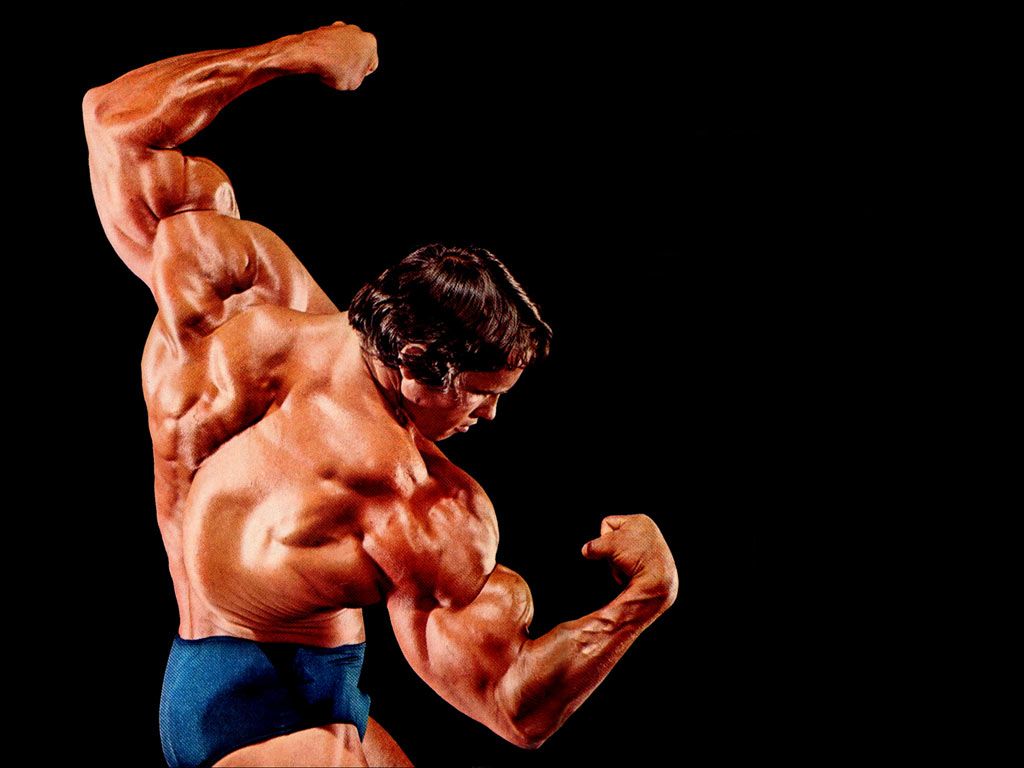
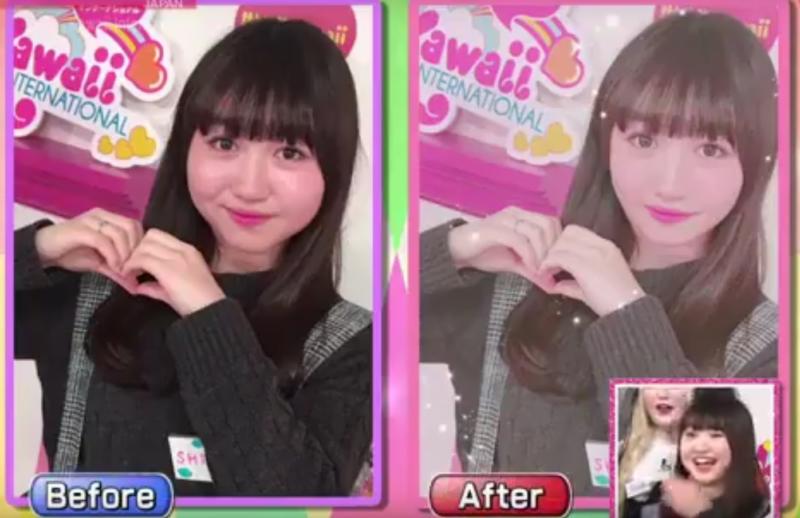
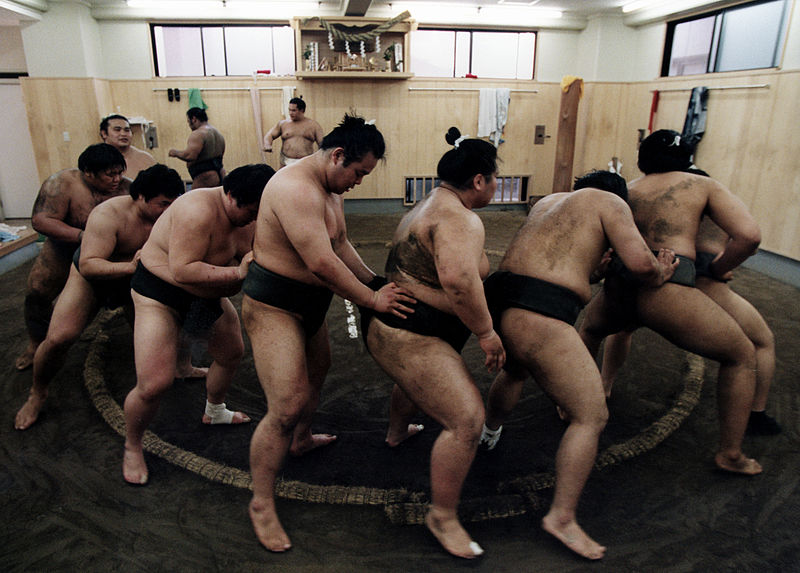

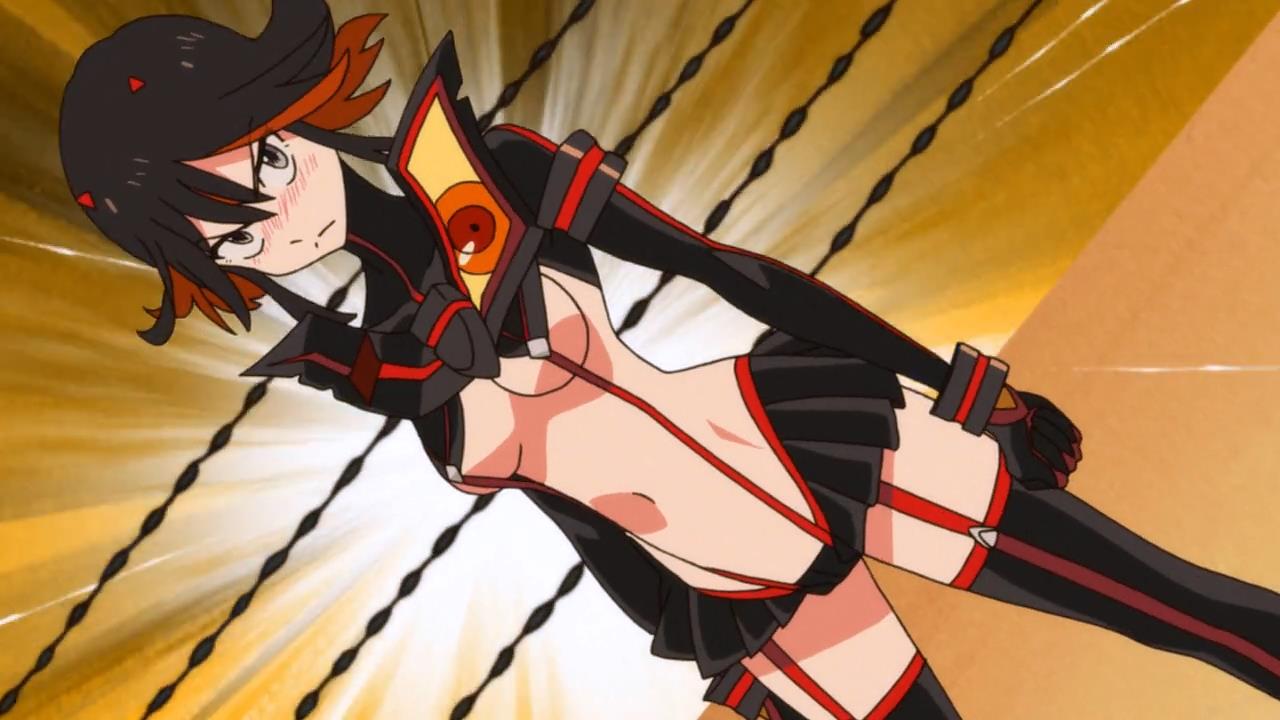
This blog has been really helpful! I’m researching ED in males and females and I was having a lot of trouble finding articles on Males in Japan that suffer from ED and this just really helped me a lot. Thank you for taking the time to write this!
I’m glad the article helped!
I don’t remember who made this quote, but
“we eat to live, not live to eat”
I’ve read that quote as well, but I don’t know who first wrote it.